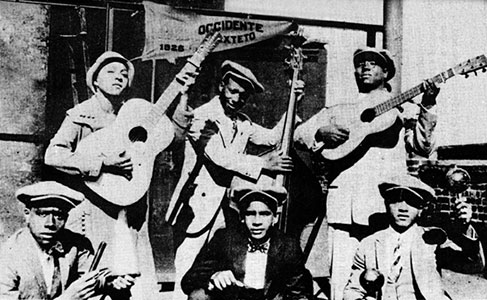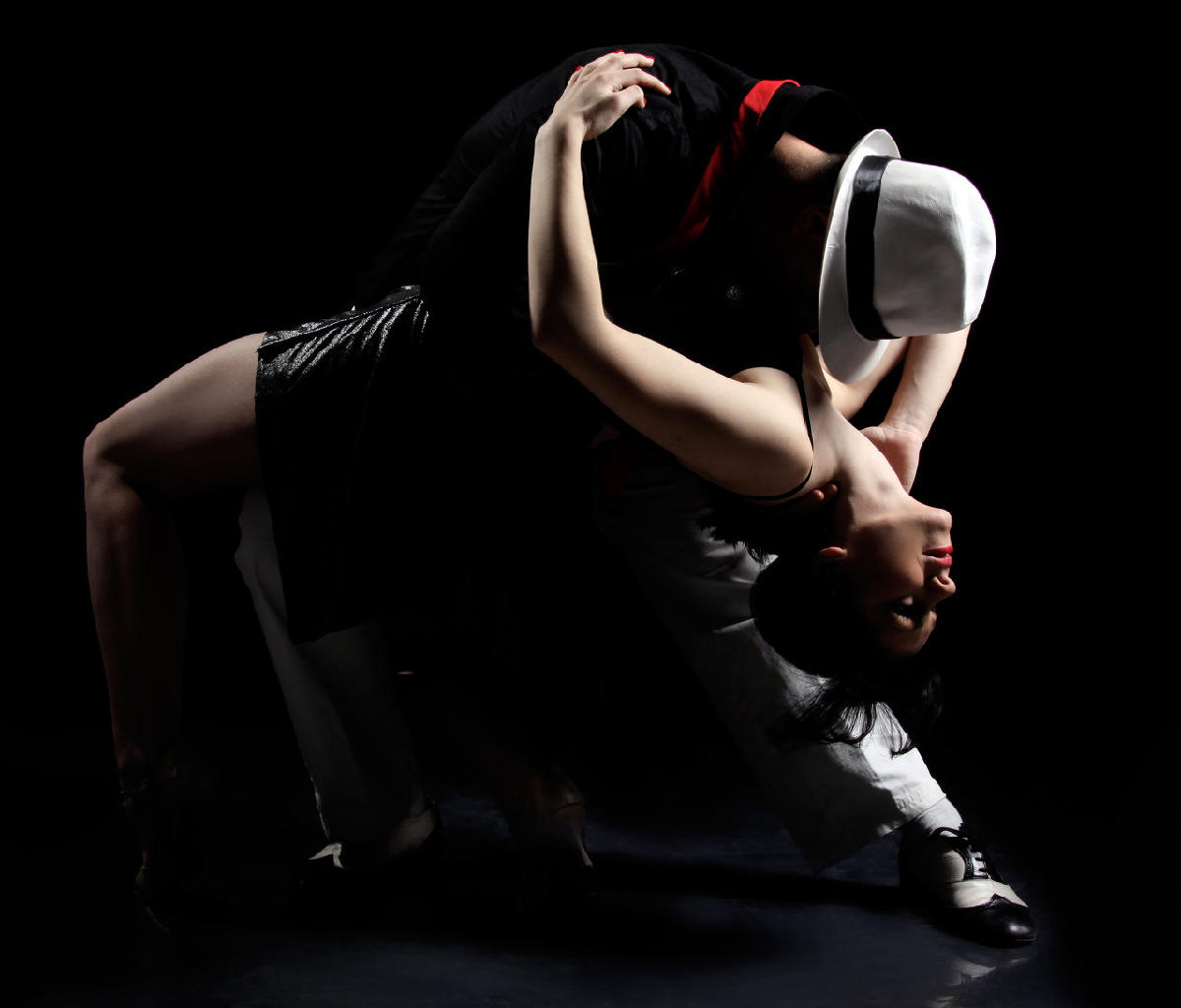However, the weight changes do not affect the dancer’s upper body, which is almost always level. The hips move during the weight shifts and the almost sinuous movements of the shoulders and arms make for fluid yet very defined and isolated actions.
The arms movements are used for communication between the lead dancer and the follower, to indicate either a closed or open position. In the closed position, the lead dancer places the right hand on the back of the follower, with the follower placing the left hand on the shoulder of the leader. In the open position, the lead dancer and the follower hold one or both hands. This position is often used so that dancers can turn, put the arms behind their backs or move around one another, and so on.
Several styles of Salsa have evolved through the years. In the meantime, let us take a look at the two most popular linear styles today, the On1 and On2.
Salsa is a dance that is New York-bred, strongly influenced by Cuban, Puerto Rican and other Latin American dances. New York Style Salsa is popularly known as On2. Others call it the “Mambo style.”
New York Style Salsa
Salsa New York style or Salsa On2 formation is a flat figure 8 or ellipse position. It’s a more advanced style of Salsa that’s got a huge following in New York and elsewhere. The dancers face each other most of the time in this style. “On2” means that the dance starts on beat number 2, when the follower moves one foot forward when the music’s first measure starts. In this style, the partners dance in a close dance space. The partners avoid traveling across the dance floor and styling, turns and spins are minimal. It is more focused on “shines” wherein the dancers separate to dance solo, showcasing intricate styling and footwork for some time. It is believed that shines originated from the tap dance version popular in New York and Swing.
He may not have created Salsa ala New York but Eddie Torres definitely made this particular Salsa style very popular. Aside from this, Torres is the one who initiated the move of having the follower’s first forward move on beat 2 of the music’s first measure.
Evolutions
Salsa New York style had two evolutions. The first one occurred during the era of Mambo, when there was an influx of Caribbean and other Latin American immigrants in New York during the pre- and post-revolution in Cuba during the 50s and 60s. The time was called the Palladium period wherein the prevailing dance style was termed “Mambo” that was applied to the popular dance in general terms. Pedro Aguilar, dubbed “The King of Latin Beat” was the most popular dancer. He was of Puerto Rican descent.

The second evolution was in the 1970s. This is the period when migrants from Puerto Rico were dominant in New York. They contributed so much to the development of Salsa in the state. NuYorican was the term used for this period when Héctor Lavoe contributed a lot to develop and popularize Salsa music around the world. It gave rise to several stars from Puerto Rico, like Ray Barretto and Tito Puente.
The two periods led to the fusion of new Salsa dance and music – a genre that was totally different from its Caribbean and Latin American counterparts.
Harmony
With New York style, the emphasis is in compatibility with the music’s percussion instruments like the clave, timbales and congas. Almost all of the percussion instruments in Salsa music punctuate the music’s second beat. New York style Salsa is primarily based on the tombao conga drum pattern and the beat of the clave. New York style is distinct because of its controlled, highly technical yet smooth movements that are not rushed. They flow really well. Movements are graceful and elegant. Rhythmically, it is more difficult to dance On2 because it is easier to hear and distinguish the first beat.

Elegant movements
Descriptively, On2 makes full use of the movements of the rib cage, shimmies, freestyle footwork and body waves. The Eddie Torres variation or contemporary mambo features a smooth and continuous passing of the feet and body rhythm, with the pause, non-weight shift counts found on the 4th and 8th beats. With On2, the follower steps forward with the left foot on the second beat. The leader breaks forward on the sixth beat.
Timing
The time signature for Salsa music is 4/4, but the counting is in groups of 8 or two measures. From the dancers’ perspective, it denotes when they move their feet. The full basic step of Salsa is done over two measures or 8 beats. But when counting, it’s 1-2-3-5-6-7. You step on these counts. Numbers 4 and 8 are not counted because these are the times when the foot are just traveling to get the dancer ready for the next count. You can think of it as a “foot in the air” after the third and the seventh steps, so you count 1-2-3-(4), then 5-6-7-(8).
For the male or lead dancer dancing On2, start with feet parallel to one another. On count 1, step in place with the left foot then another quick step backward (called break or rock step) with the right foot for count 2 and step in place with the left foot on the third count then hold slightly for count 4. Step forward with the right foot on count 5, break forward with the left on 6 and step in place or shift weight on the right foot on 7 then hold again for count 8.
The ladies mirror their partners’ movements in reverse. Thus, from the starting position, you will step in place with the right foot on count 1, break forward with the left on count 2. The follower moves the foot on the second count, that is why this salsa version is called On2. Shift weight on the right foot for count 3 and hold for count 4. Second phase starts with a slight step forward, with the left foot close to the right foot for count 5, then another break forward with the right foot for count 6. Shift weight on left foot for the seventh count and hold for count 8.
When entering dance competitions, New York style Salsa is what most dancers choose. It is notable for its body isolations, its distinct elegance and precise movements – elements that are require technical expertise.
Try to get as much practice as you can and remember to dance with light feet. After you’ve mastered the basic footwork, it is easier to add the hip, shoulder and arm movements, which almost naturally follow as you move your feet. Have fun and we’ll discuss LA Style Salsa or “On1” in another page.

